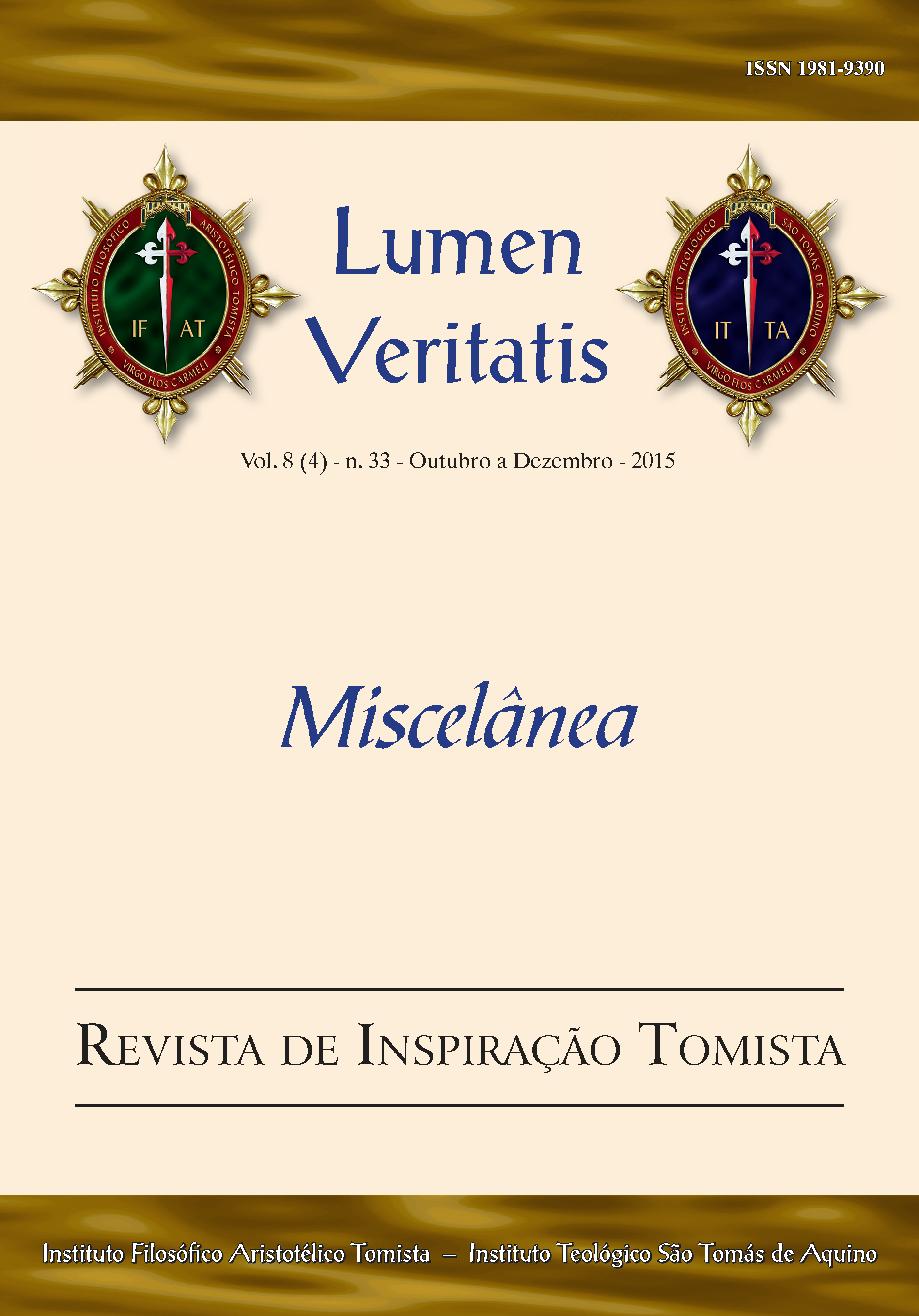El juicio escatológico de “todas las tribus de la tierra” y de “todas las naciones”. Un análisis exegético de Mateo 24,29-31 / 25,31-46
Keywords:
Tribus, Naciones, Escatología, Hermano de Jesús, Tribes, Nations, Eschatology, Brother of JesusAbstract
Este trabajo analiza las dos escenas escatológicas descritas por el evangelista Mateo (24,29-31 / 25,31-46) en el llamado “Discurso Escatológico” (24-25). El juez en ambas escenas es Jesús, el “Hijo del Hombre”, quien se presenta acompañado por sus ángeles, circundado de gloria (Mt 24,30-31 / Mt 25,31). No obstantes estas similitudes, una significativa disparidad se observa entre los dos grupos humanos que serán juzgados. En la primera escena son “todas las tribus de la tierra” (Mt 24,30); en la segunda son “todas las naciones” (Mt 25,32). Esta disparidad conceptual invita a realizar un análisis exegético intentando determinar quiénes serían los integrantes de “todas” estas “tribus/naciones”. ¿Estos conceptos dentro del relato mateano son sinonímicos? O por el contrario, ¿describen realidades étnicas diversas? El trabajo concluye con un análisis de la expresión “uno de estos mis hermanos más pequeños” (Mt 25,40), en paralelo con “uno de estos más pequeños” (Mt 25,45). La identificación de estos “hermanos” de Jesús ofrece una importante clave para interpretar la sección Mt 25,31-46, conocida como el “Juicio de las Naciones”. /// This paper analyzes the two eschatological scenes described by the evangelist Matthew (24:29-31 / 25:31-46) in the so-called “Eschatological Discourse” (24-25). The judge in both scenes is Jesus, the “Son of Man”, who comes accompanied by his angels, surrounded by glory (Mt 24:30-31 / Mt 25:31). Despite these similarities, a significant disparity is observed between the two human groups to be judged. In the first scene are “all the tribes of the earth” (Mt 24:30); in the second are “all the nations” (Mt 25:32). This conceptual disparity calls for an exegetical analysis aimed at identifying the members of “all” these “tribes / nations”. Are these concepts in Matthew’s account synonymous? Or, on the contrary, do they describe diverse ethnic realities? The paper concludes with an analysis of the expression “one of the least of these my brethren ” (Mt 25:40), paralleled with “one of the least of these” (Mt 25:45). The identification of these “brothers” of Jesus provides an important key for interpreting Mt 25:31-46, the section known as the “Judgment of the Nations”.Issue
Section
Articles






